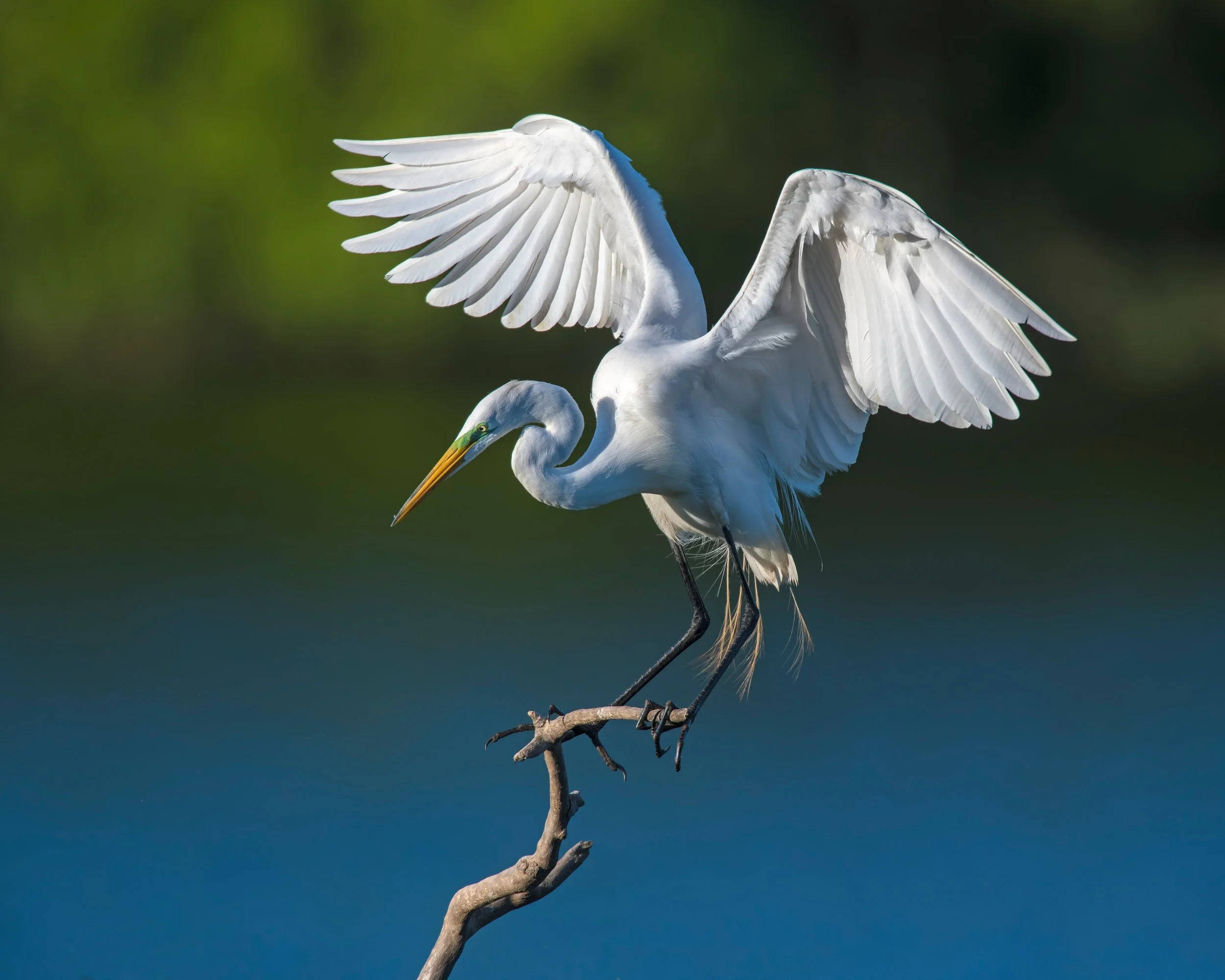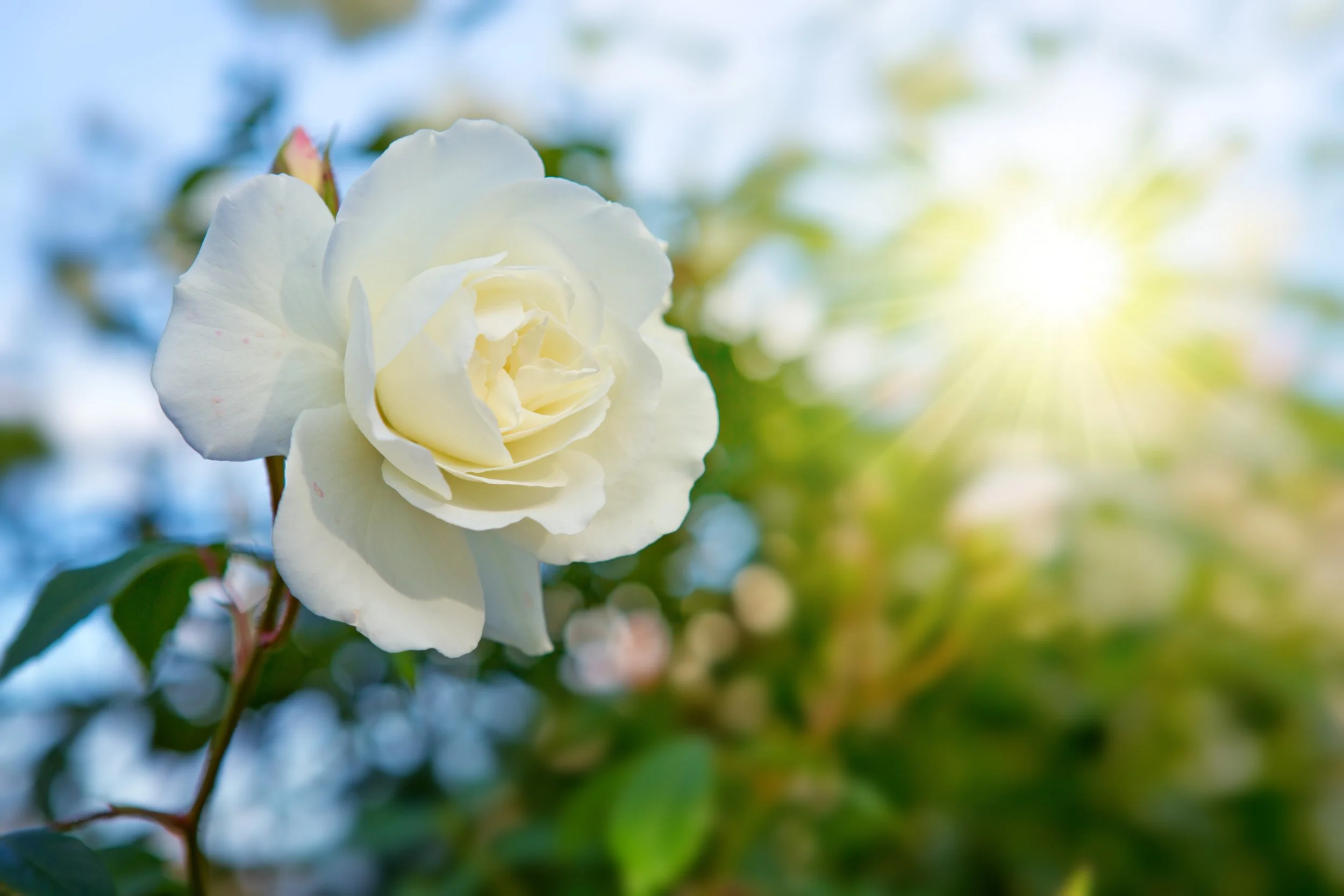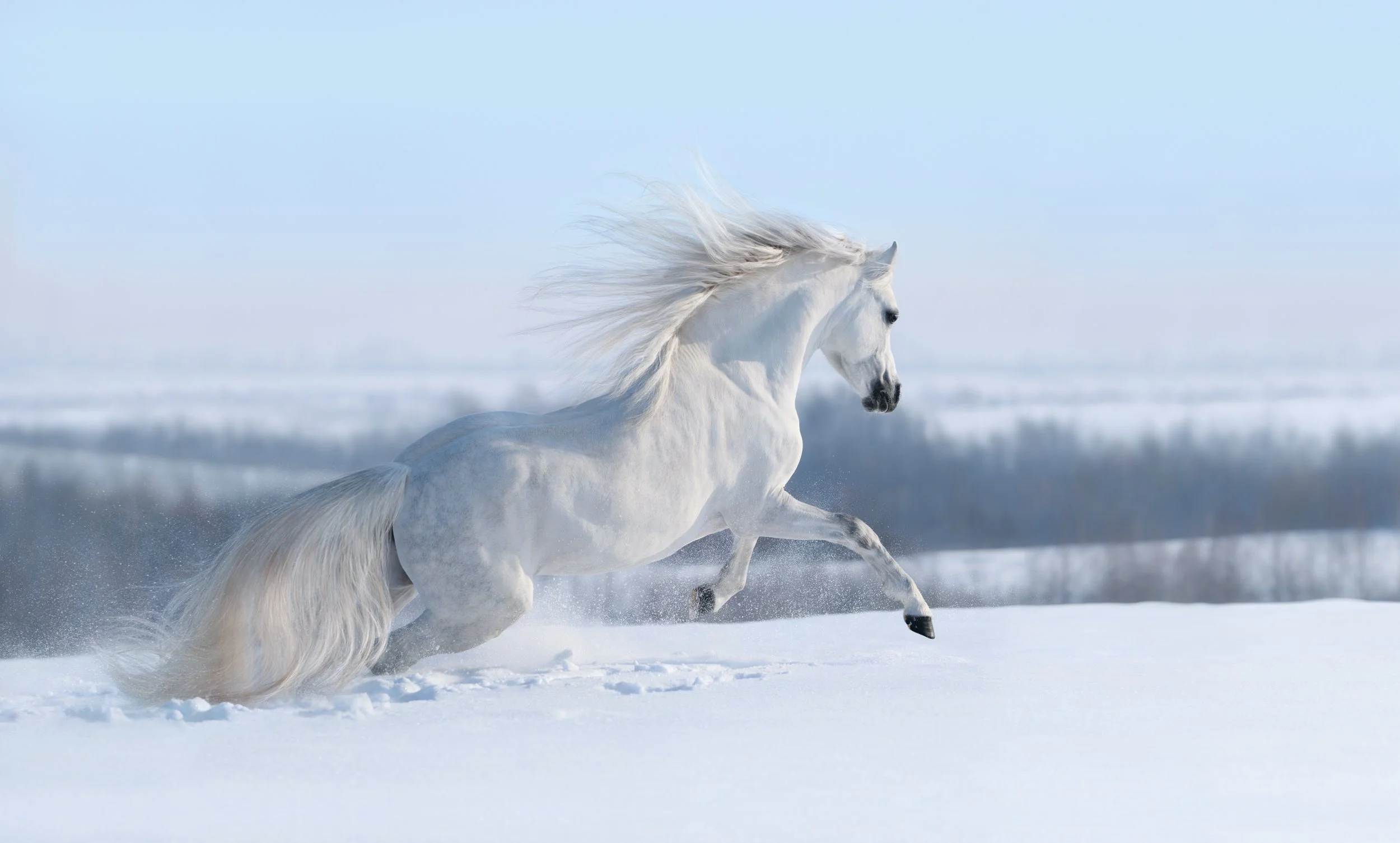🕊 All White Now 🐇
White - the lightest colour and opposite of black - is all around us: clouds, snow, chalk, flowers and many white animals and birds.
The white rose, which symbolises purity.
The white cliffs of Dover - made of chalk.
White animals and objects are that colour because their white pigment reflects all wavelengths of visible light, whereas black ones absorb them all. Many don’t actually contain white pigment - such as polar bear fur which is made up of hollow translucent tubes and their skin is black - but they appear white due to this reflective property.
Snow and ice are also translucent like the water that they are made from, but they appear white in the same way due to the crystals reflecting all visible light wavelengths.
The colour white is created on TVs and computer monitors using a mixture of red, blue and green light, while artists use specific pigments such as titanium dioxide to make white paint.
White light can be split into its respective visible colours using a prism - a favourite experiment in school science lessons.
Some animals change to white coats in the winter for camouflage, like stoats, while others aren’t meant to be white but appear so due to genetic variations. Albino animals - those lacking the gene required to make pigment in skin and hair - have pink skin and red eyes.
Stoat in its winter coat.
So today, let’s celebrate the colour white in all its many forms, as well as our normal friendly fun and chat!













